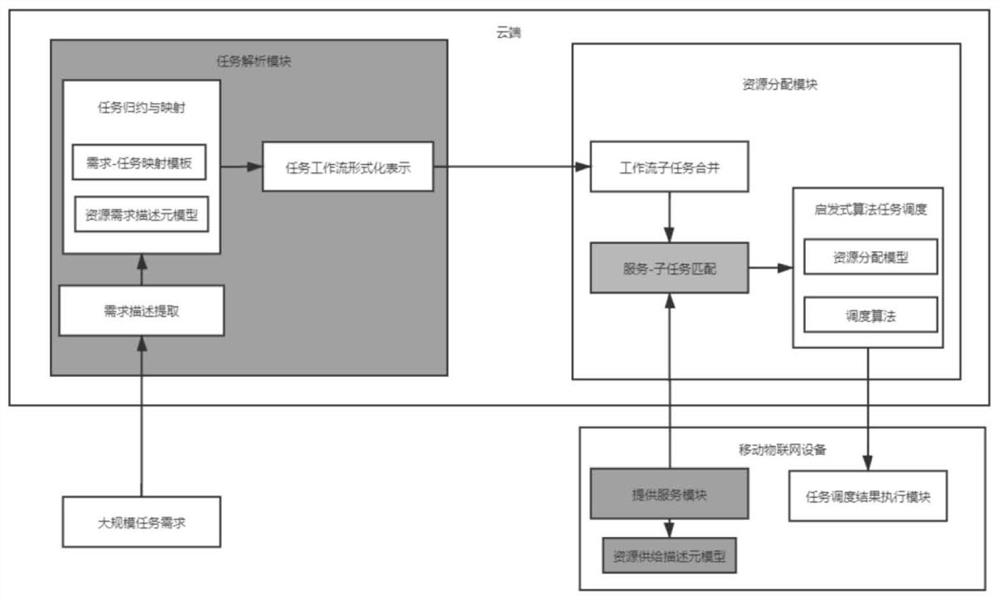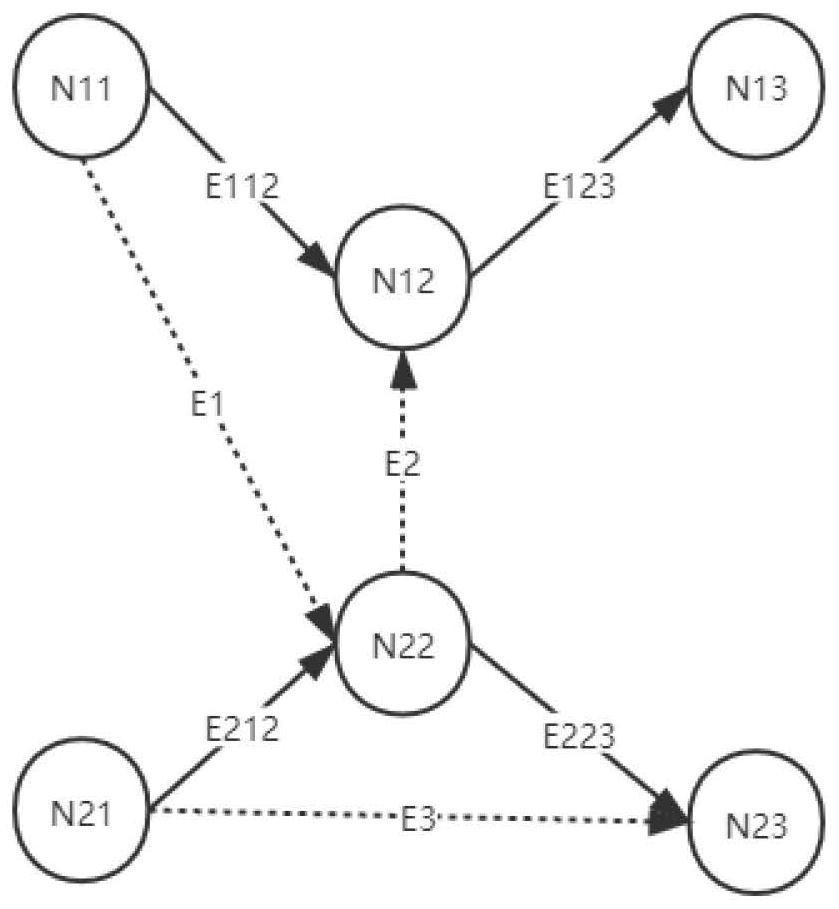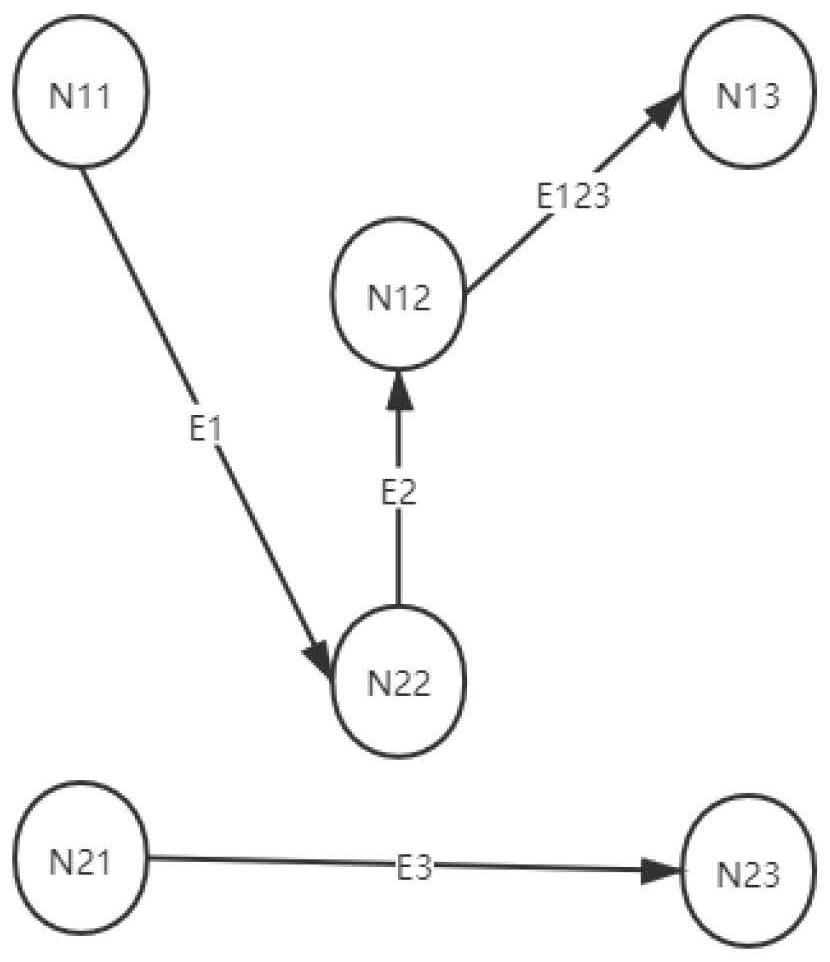Method and system for task analysis and resource allocation based on formal model
A technology for resource allocation and tasks, applied in the field of computer science, can solve the problems of low task completion rate of edge nodes, real-time requirements of the Internet of Everything, task failure, etc., and achieve the effect of good scalability
- Summary
- Abstract
- Description
- Claims
- Application Information
AI Technical Summary
Problems solved by technology
Method used
Image
Examples
Embodiment 1
[0051] A method for task analysis and resource allocation based on a formal model provided according to the present invention, comprising:
[0052] Step S1: the task analysis module analyzes the task requirements, and formally expresses the task requirements as a task workflow;
[0053] Step S2: the resource allocation module merges the formalized task workflows based on the total resources consumed by the reduced workflows to obtain a combined task workflow;
[0054] Step S3: abstracting the resource capabilities of the mobile terminal device into a meta model, and performing service registration in the cloud;
[0055] Step S4: Based on the combined task workflow and the service registered in the cloud, a heuristic algorithm is used to perform task scheduling and matching;
[0056] Step S5: The mobile terminal device executes the task according to the scheduling matching result.
[0057] Specifically, the step S1 includes:
[0058] Step S1.1: using the method of combining ...
Embodiment 2
[0082] Embodiment 2 is a preferred example of Embodiment 1
[0083] In order to solve the task and resource management problems in mobile edge computing, the present invention proposes a formal model-based task analysis and resource allocation method for cross-domain resource cooperation. The method is mainly divided into three modules, a task analysis module, a resource allocation module and a mobile Internet of Things device module.
[0084] The task parsing module is used to abstract a batch of tasks into a resource requirement description meta-model, and the mobile IoT device module is used to abstract the device's ability to provide resources into a resource supply description meta-model and issue tasks. The resource allocation module is a combination of this. Two models are used to perform heuristics to generate task assignment plans for the final execution of tasks. This method can reduce the overhead of repetitive task parsing and find a relatively optimal task alloca...
Embodiment 3
[0096] Embodiment 3 is a preferred example of Embodiment 1 and / or Embodiment 2
[0097] The content of the present invention will be described in detail below in conjunction with specific implementation methods. Because the present invention mainly protects the task matching method based on mobile edge computing, and each module inside the system has various implementation methods, only one feasible strategy is given.
[0098] like Figure 1-5 As shown, the system architecture of the present invention is divided into three parts:
[0099] Task analysis module: used to analyze large-scale task requirements and formally represent task workflow;
[0100]Resource allocation module: used to merge formal workflows, and then match services with subtasks;
[0101] Mobile IoT device module: the carrier of task execution;
[0102] Specifically, the task parsing module includes the following:
PUM
 Login to View More
Login to View More Abstract
Description
Claims
Application Information
 Login to View More
Login to View More - R&D
- Intellectual Property
- Life Sciences
- Materials
- Tech Scout
- Unparalleled Data Quality
- Higher Quality Content
- 60% Fewer Hallucinations
Browse by: Latest US Patents, China's latest patents, Technical Efficacy Thesaurus, Application Domain, Technology Topic, Popular Technical Reports.
© 2025 PatSnap. All rights reserved.Legal|Privacy policy|Modern Slavery Act Transparency Statement|Sitemap|About US| Contact US: help@patsnap.com



